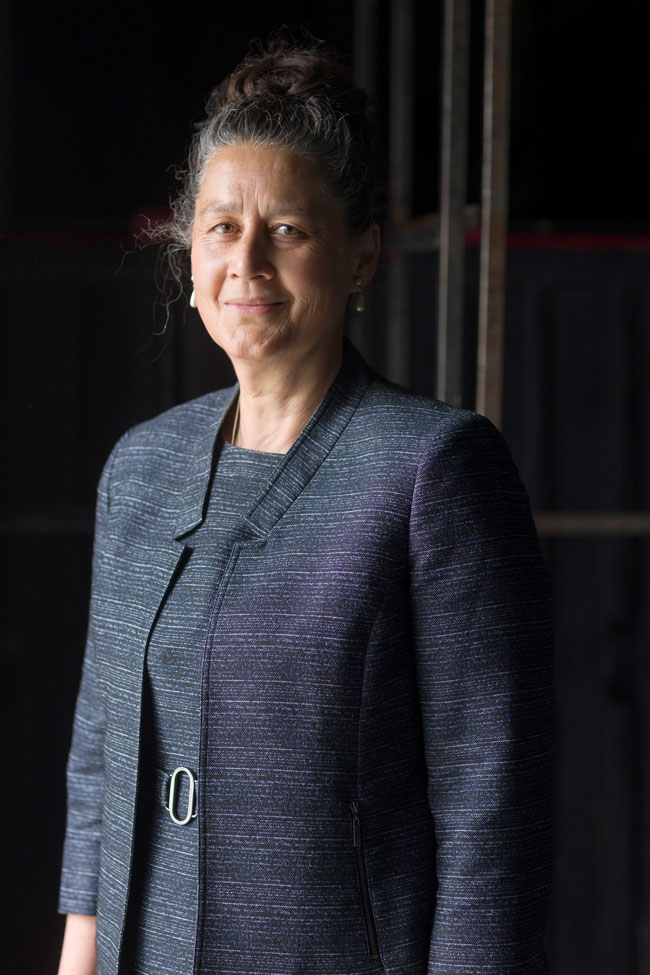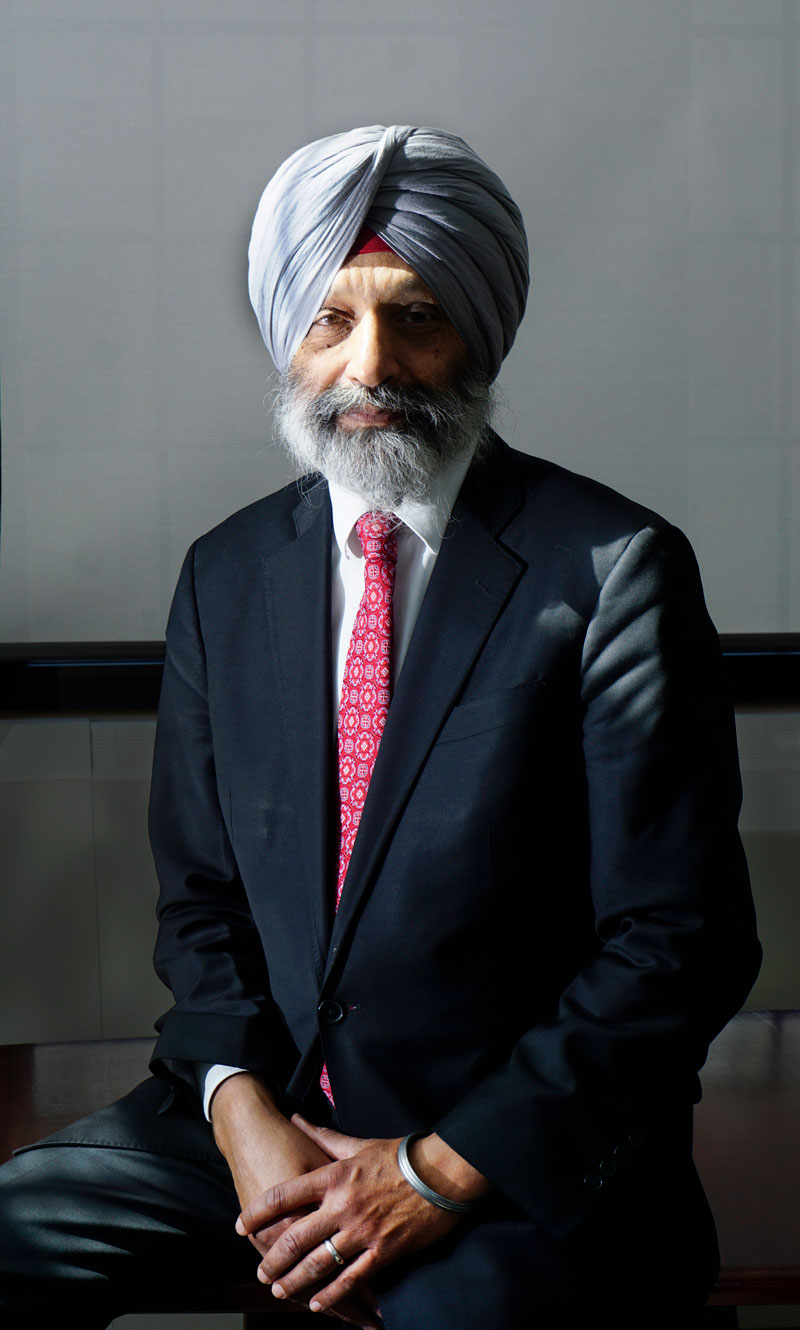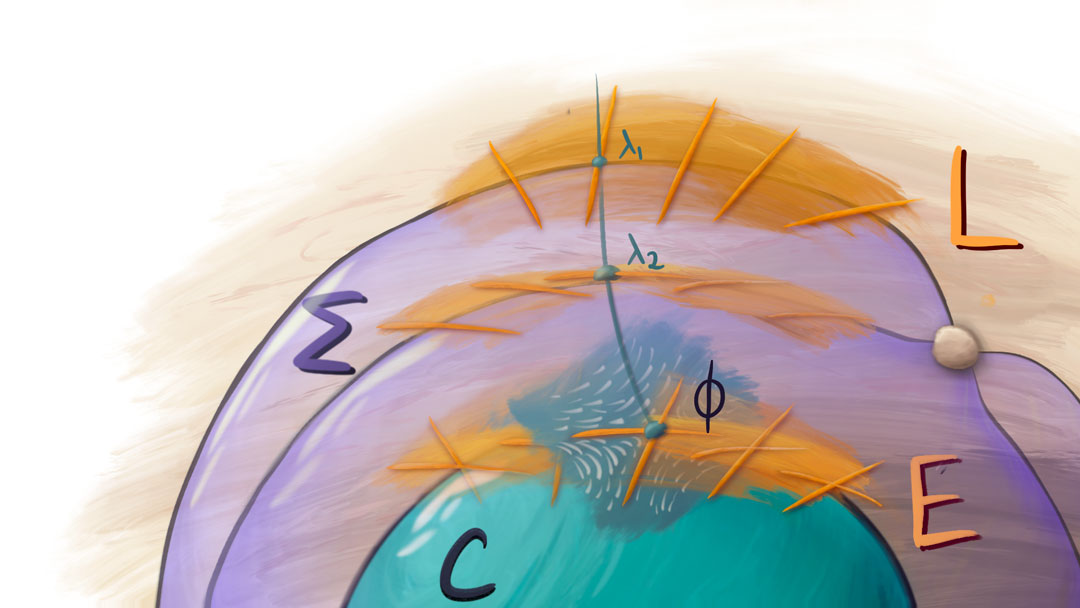The next steps
USask adopts three new pillars to add to a solid foundation
By JOANNE PAULSONImages for this feature were provided by Dr. Steven Rayan, the lead for USask's new signature area of research in Quantum Innovation.
When the University of Saskatchewan’s first buildings were officially opened on May 1, 1913, the keynote speaker noted the important event with this poetic and prescient comment. “You are rising in a new century, in an environment that has never before been known,” said Robert Falconer, president of the University of Toronto.
Those words ring as true today as they did then.
As the world shifts and changes, the University of Saskatchewan moves with it, while always focused on living up to its original promise of being “the people’s university.”
To that end, a campus-wide exercise in determining and naming its strengths was recently completed. The process culminated in adding three new signature areas of research: Communities and Sustainability, Health and Wellness, and Quantum Innovation.
They have been added to the original six pillars, selected a decade ago: Agriculture, Energy and Mineral Resources, Indigenous Peoples, Synchrotron Sciences, One Health, and Water Security.

“If ever there was a time when the University of Saskatchewan was to be called the university the world needs, it’s this time,” said Dr. Airini, USask provost and vice-president academic.
“These pillars, these signature areas, offer something profoundly important to our province, to our country and to the world.
“They also differentiate the University of Saskatchewan from other universities.”
Dr. Baljit Singh, USask vice-president research and a professor of veterinary medicine, created a process to engage campus community and determine the new areas shortly after he returned to USask from the University of Calgary. Airini, too, was relatively new in her role.
“It’s some years since the signature research areas were first put in place and we continue to evolve as a university,” she noted. “Having a new vice-president research and a new provost and a community that wanted to do more by way of excellence and research, this was perfect timing of everything coming together to make this possible.”
Underlying it all were the university’s deeply-rooted principles: diversity, creativity, sustainability and connectivity.
These new signature areas, she said, “will reflect this in remarkable ways.”
The process begins
More than a year ago, Singh embarked on the campus-wide process of updating the signature areas, feeling profoundly that the entire community must be heard and engaged. The university’s goals and history provided a foundation for the exercise.
“If we go back to the Renewing the Dream document from (former university president) Peter MacKinnon’s time, he began to talk about restating the words of president Walter Murray’s that this university is to be one of the best around the globe,” Singh said. “That’s our benchmark; international standards.

“To get to that point, the effort Peter MacKinnon made, and President Peter Stoicheff carries forward, is to really galvanize our academic and research programs, build top-notch infrastructure, and be counted among the best in certain research areas in which the University of Saskatchewan is outstanding.”
Signature areas, much like the evolving needs of people around the globe, are never static, he said.
“This is part of our strategy as a research-intensive university that has helped the province become an economic powerhouse. Everything we do in this province, everything we produce in this province, is needed by somebody around the globe.”
Wheat, uranium, potash, vaccines . . . the list of crucial commodities is long, but there is far more to USask’s contributions to society.
“The art and music we create in this university and this province — it’s truly remarkable,” Singh said. “The reason the university and the province have grown together over the last 115 years is because this is the university of the people of Saskatchewan.
“Over the years, we realized that at the end of that process (a decade ago), we did not select something from social sciences or humanities or the fine arts. There were scholars on this campus who were feeling disengaged. We needed to let those areas grow over the decade.”
He met with colleagues across campus and with scholars working in each of the six original areas to learn how much progress had been made and what the next stage might look like. Meanwhile, it became clear that the university should also be looking at new areas, and a process was launched to investigate.

“We put together a committee last May to ask the question: What is the definition of a signature area or a pillar? What does it mean to have one? So, we constituted a committee with an open invitation and I charged them with the responsibility to give me some ideas.”
While Singh led the committee, he invited Airini to co-chair alongside him. The committee did not choose a hard deadline nor specific parameters on the number of pillars, instead adopting a flexible approach.
“The committee was constituted of several deans, members of community from outside university, members of the teaching side, artists; it was a very integrative multi-disciplinary, multi-stakeholder committee that we put together,” Singh said. “And they invested a significant amount of time.”
Seventeen ideas for new signature areas came back to Singh, and without changing a word, he distributed them across campus. At first, communities and sustainability were separate ideas, but because “they go hand in hand” they were combined into one.

The second stage in the process was open public presentations to the campus community to gain feedback. Afterward, Singh went back to the committee and said, “we are not going to do a winner and loser approach here. Each of these ideas is outstanding and we are going to figure out a way to honour each of these ideas.”
Then he saw a way to combine the ideas into wider concepts, and the three areas were ultimately formed.
“This is where I got one of the biggest learning lessons of my life,” Singh said. “Health and Wellness combined five different ideas into one. Never would I have thought music would find a place with a biomedical research-driven idea. At the end of the day, we were able to accommodate 13 of these ideas into these three pillars which have come together.
“It made me a better person.
“This speaks to the spirit of collaboration at the University of Saskatchewan. We do our finest work when we collaborate. We do our finest work when we share with each other.”
The new signature areas
Ultimately, the three new areas were established under wide umbrellas. Even so, some asked if nine signature areas were too many, but Singh thought no.
With 1,100 scholars, 26,000 students including 4,000 graduate students and world-class infrastructure such as the Canadian Light Source and VIDO, “for us to have nine pillars is just perfectly fine.”
Communities and Sustainability:
“I believe USask has created knowledge over the last 100 years that has led to sustainability in agriculture, in our water use, in our mining, even before it became glamorous to talk about sustainability,” Singh said. “We are very proud of communities and sustainability.”
Health and Wellness:
This area “speaks to the aspirations of this university that health and wellness go hand in hand,” Singh said. “It’s not only about curing disease. It’s about mental health, music, arts, and really the mindfulness piece to bring these domains together into advancing the health and wellness of Saskatchewanians and taking that knowledge and sharing it around the globe.”
Quantum Innovation:
Quantum innovation is a “new and emerging area” in which USask has a large group of outstanding scholars, Singh said. With major funding from the federal government, USask is diving into quantum computing, quantum data management and “many other things quantum that will revolutionize how we do computing in artificial intelligence (AI), machine learning, and other areas.”

Some young USask scholars are involved in the development of the first quantum computer in Quebec for IBM, he noted. But quantum innovation is not all about zeros and ones. “Steven Rayan, the quantum innovation leader, is already working on how to put art and quantum together. Faster computing, machine learning, and AI will hopefully make our health care better, will make weather prediction better.”
Guiding decision making
The new signature areas will connect teaching and research under the leadership of Singh and Airini. Soon, they will announce the leadership for each of these pillars.
“There will be one, two or three designated leaders for each of the signature areas,” Singh said.
“We are going to provide seed funding to each of the areas to do conferences, workshops or as matching money so they will have some financial allocation.
“When hiring new faculty members, we will work with them to see how the scholars fit with the pillars. Many will be recruited in the hiring process with the pillars in mind.”
Yet there were less tangible but equally important aspects both to the process of identifying the signature areas and its outcome.
“It built momentum around connectivity and collaboration,” Airini said. “The intention is that our signature research areas should also be about connectivity and collaboration as well.

“We are connected to community; we plan and we decide as community. And the signature areas process showed that. It’s also going to connect with pedagogies – how we go about learning and teaching.”
One of USask’s five aspirations, she added, is global recognition.
“In our university plan, it says we’re to track our progress toward our five areas of high impact. And one of them is global impact.
“It says we are a university that sets the standard in learning, research, scholarship and community engagement. The signature areas of research will help us with part of that process, part of that calling, to set the standard in research and scholarship.”
Indeed, Airini sees a future of greater collaboration with other universities and communities around the world and identifying USask’s strengths will advance that goal.
“We really want to elevate the understanding of how world class the researchers are here,” she said. “Then it’s possible to connect with other researchers around the world. Then we can leapfrog in a timely way and be of greater help worldwide.
“The entire university is engaged in very important, powerful dynamic research and we’re immensely proud of every researcher across the university and thankful for the support from all members of the university community to make it possible for these areas of research to emerge.
“It’s going to take us all together to make it possible for the signature areas of research to reach their potential.”


